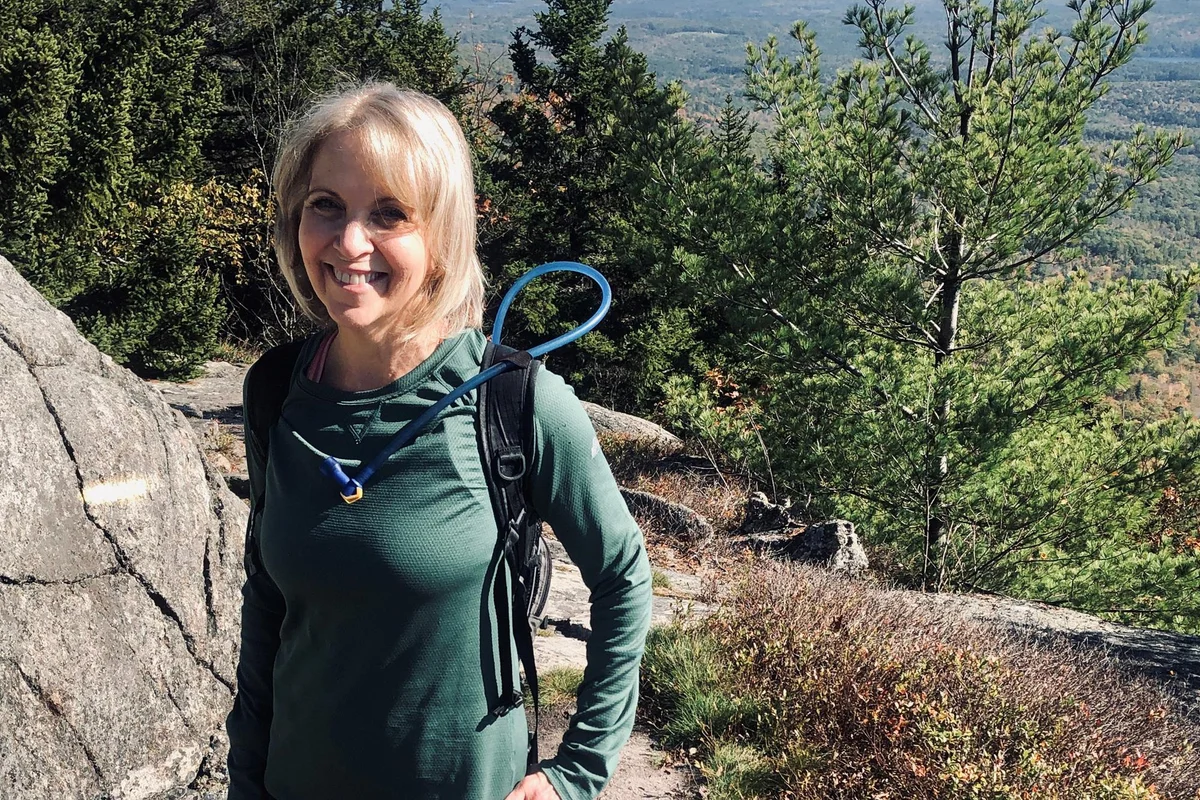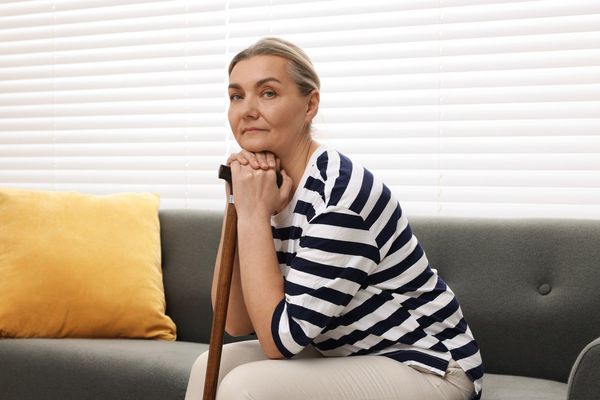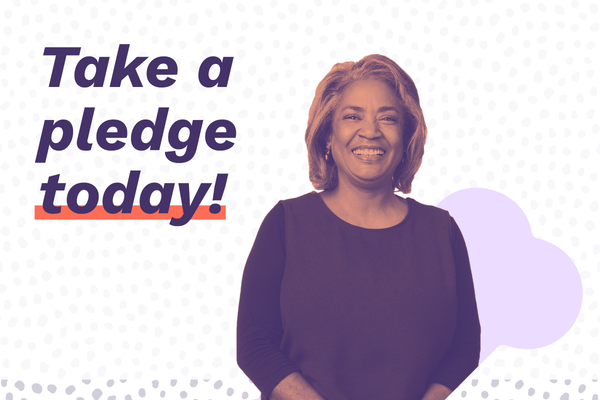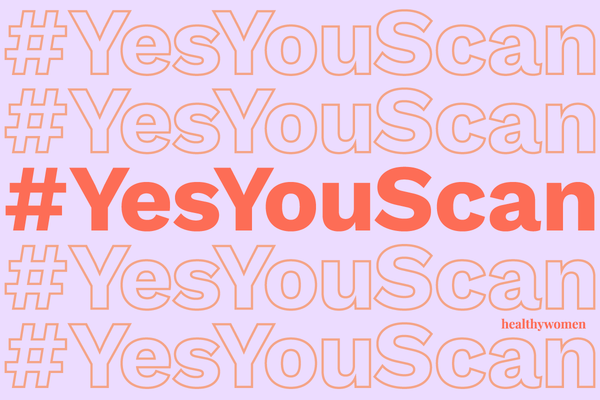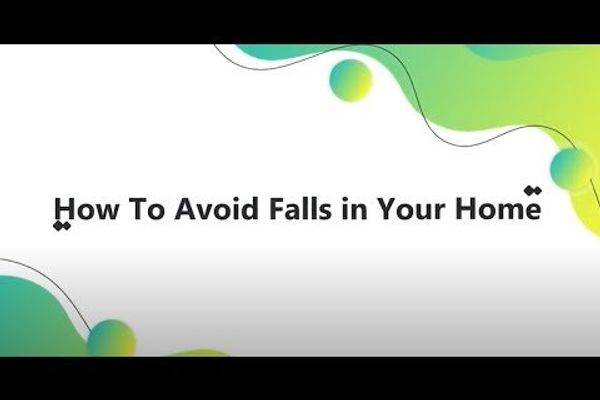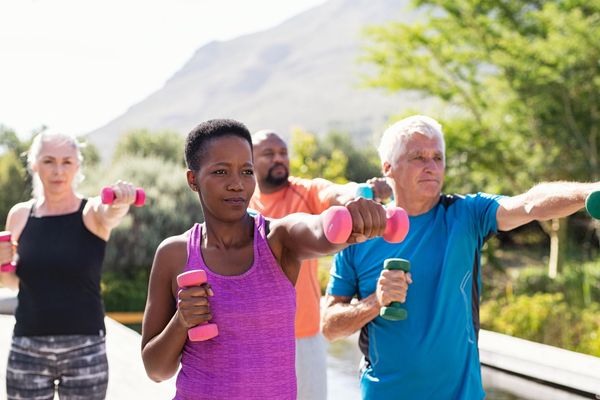As told to Liz Sauchelli
I used to fly down mountains. With a pair of skis on my feet, I’d race down steep slopes with carefree abandon. I trusted my body and skills to deliver me safely to the mountain’s base.
That carefree mentality didn’t last.
I was diagnosed with osteoporosis six years ago at age 58 after having a bone density scan ordered by my primary care physician. This was several years after I’d been diagnosed with osteopenia, a condition that usually leads to osteoporosis. My osteopenia diagnosis came after my primary care doctor recommended I get a bone density test because I fit the risk profile: small-boned, petite and thin. I was lucky to have a doctor who ordered those tests, as many women need to ask for it. And I was confident that I would have a future success story.
But I was eventually diagnosed with osteoporosis after all. My doctor prescribed me a bisphosphonate medication (which helps prevent bones from breaking down) that I stopped two weeks later because it gave me a constant upset stomach and it caused painful sores to break out in my mouth. I initially went on the medication because my endocrinologist recommended it and my mother had good results with the same medication, but I didn’t mind stopping because of the side effects. I thought that I could improve my bone density scores and avoid the need to try medication again if I ate more vegetables and fruits, added supplemental calcium, and vitamin D, and added weightlifting to the cardio I did.
I got to work. I connected not only with an endocrinologist but also with an integrative medical doctor. I led the same active lifestyle as always. The only problem was that my bone density did not stabilize, and over the next few years, I broke two bones in my foot and had a shoulder fracture.
But even those didn’t cause me to slow down, at least until I fractured my pelvis three winters ago while skiing. I began to rethink how I skied. I wanted to remain active; I just needed to be a bit more cautious. It was disheartening, as my ski patrol husband and I share a love of the outdoors, and through long New England winters, skiing is such a source of shared fun. I was worried that I would have to abruptly give up skiing. I don’t have a lot of sedentary hobbies and movement is essential to my happiness. Sure, I was OK now, but what would my life be like in five years, or 10? Would I be able to hike and ski? I needed to find medical, nutritional and physical solutions, including changing my diet and exercise routines.
One solution my doctor presented was retrying the same bisphosphonate medication that had caused me to have uncomfortable side effects three years prior. I questioned this choice, but I didn’t want to take the drugs that required a self-administered injection, and my doctor felt it was worthwhile to try it again, so I gave it another try, but it didn’t work for me the second time either. Instead, in the seven years since my diagnosis, I’ve continued to take calcium and vitamin D supplements and eat bone-friendly foods. I also regularly lift weights, in addition to the cardio I continue to do.
What could I have done differently?
In my 20s and 30s, I was a runner. At the gym, I went straight for the elliptical and treadmill to make sure I got at least a half hour of cardio in four days a week. But I never gave a thought to lifting weights. I didn’t realize at the time how important building upper-body strength was to keeping my bones strong.
While I’ve always been careful with my diet, my version of “healthy” wasn’t healthy enough. As a busy working mom with two daughters, I was constantly on the move. Sometimes I’d forgo lunch for an ice cream cone. Or I’d grab nuts and crackers with peanut butter for lunch. I also drank diet soda for decades.
Except for an occasional ice cream, all other dairy products were missing in my diet because of lactose intolerance, and I simply didn’t get enough calcium. Choosing to eat a mostly vegan diet made it hard for me to get vitamin B12 and some other essential amino acids. Plus, I live in the Northeast, yet never thought about taking a vitamin D supplement. I unknowingly deprived myself of getting proper nutrients, and I didn’t realize how those decisions would affect me later.
If I could go back in time, I’d tell my younger self to not skip meals, to take supplements, and to drink a calcium- and Vitamin D-enriched plant-based milk every day. I’d tell her that body type — being a small-boned, petite woman — puts her at greater risk of developing osteoporosis. I’d tell my younger self to take the time to better care for her health because her future self depends on it.
I’m 64 now and have lived with osteoporosis for nearly seven years. I’ve learned so much about being an advocate for myself. I don’t hesitate to fully discuss my concerns with my doctors, ask questions and do my own research. I’ve sought out doctors who I feel can fully help me.
I also started a local chapter of a support group called “OsteoBoston,” in association with the National Osteoporosis Foundation. We meet monthly on Zoom and we invite a clinician/researcher/doctor to share information with us for the first hour, and then we share stories about our experiences. I’ve gained more education and greater confidence in dealing with this condition.
In many ways, my life hasn’t changed since my diagnosis or the resulting pelvic fracture. I’m still hiking or skiing every weekend that I can: I just make sure I have good equipment, especially reliable boots. And I tread more carefully. But I haven’t stopped doing what I love. I try to stay positive and focus on everything I can do. I may ski with less reckless abandon than I did before, but I’m still “taking on” mountains. And I hope to never stop.
This resource was created with support from Amgen.
- I Have Postmenopausal Osteoporosis: What I Wish I Had Known ... ›
- Clinically Speaking: Questions to Ask Your Healthcare Provider ... ›
- Let's Talk About Osteoporosis - HealthyWomen ›
- How is Osteoporosis Diagnosed - HealthyWomen ›
- Osteoporosis - HealthyWomen ›
- How Women of All Ages Can Prevent Osteoporosis - HealthyWomen ›
- Osteopenia Diagnosis - HealthyWomen ›

